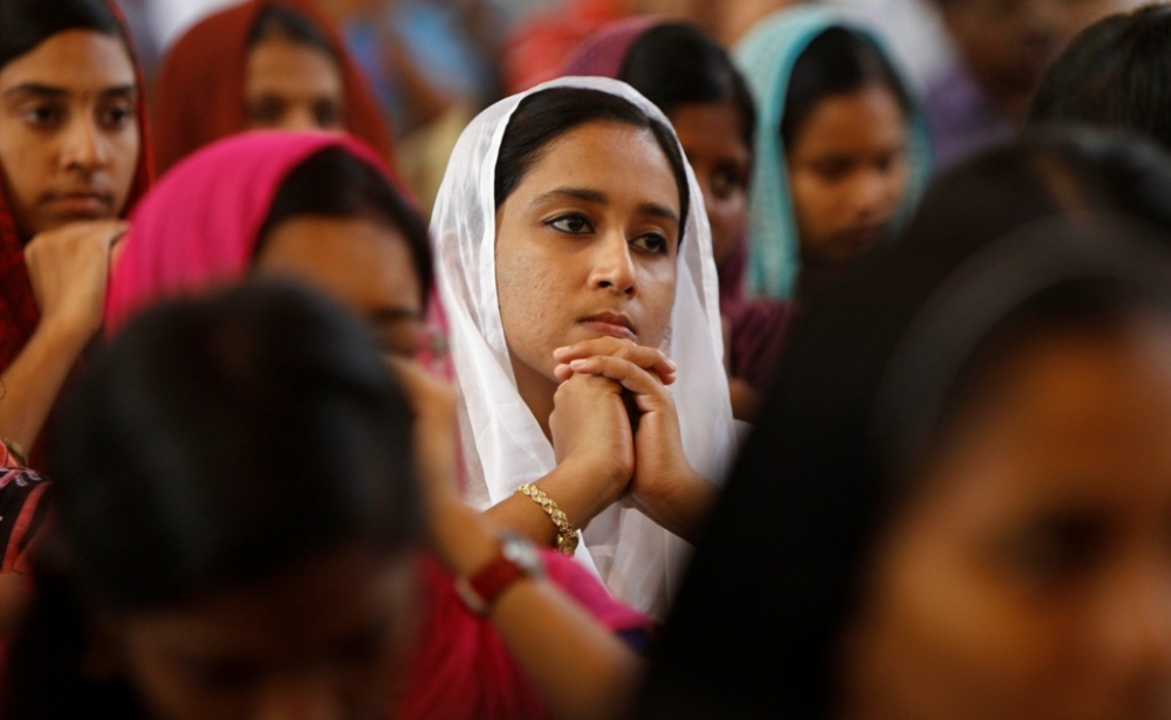Indian Christians: Faith, Culture, and Everyday Life
When you think of India, you picture spice markets, Bollywood, and ancient temples. But there’s another thread woven into the fabric – a community of Indian Christians who blend global faith with local flavor. Let’s walk through what makes their story unique and why it matters to anyone curious about India’s diversity.
A Brief History of Christianity in India
Christianity didn’t arrive by accident. Legend says the apostle Thomas set foot on the Malabar coast in 52 AD, planting the first seeds in Kerala. Over the centuries, missionaries, traders, and colonists added layers, creating distinct churches in Goa, Tamil Nadu, and the Northeast. Each region kept its own language, music, and customs, so you’ll hear Malayalam hymns in Kerala and Khasi chants in Meghalaya.
Celebrations and Traditions You’ll See
Indian Christian festivals feel both familiar and fresh. Christmas lights up every street, from Delhi’s bustling markets to the quiet villages of Karnataka. But the way people celebrate – feasting on appam, sambhar, and biryani – shows local taste. Easter brings processions with drums, and the holy week in Goa features flower‑laden altars that rival any Hindu temple.
Food is the real glue at any gathering. Imagine sharing pork vindaloo with a side of coconut rice while a choir sings “Hark! The Herald Angels Sing” in a mix of English and Konkani. The blend of flavors mirrors the blend of cultures that defines Indian Christians.
Education has been a big focus. Many of India’s top schools and colleges were started by Christian missionaries, offering free or low‑cost education to all. That legacy lives on, giving many families a pathway to professional careers while still holding onto their faith.
Social work is another hallmark. Churches run hospitals, orphanages, and disaster‑relief centers, especially in remote areas where government services are thin. When floods hit Assam, you’ll find Christian volunteers delivering supplies alongside people of all faiths.
Music and dance are part of everyday worship. In the South, you’ll hear the bright sounds of the organ mixed with tabla beats. In the North, gospel choirs might incorporate Punjabi bhangra moves. It’s a reminder that faith isn’t static – it adapts to the rhythm of the local community.
Family life often blends Christian values with Indian customs. Brides may wear a traditional sari, but the ceremony includes a cross‑centered altar instead of a mandap. Kids grow up learning both the Bible and classic Indian epics, creating a rich, dual identity.
Challenges exist, too. Some Indian Christians face discrimination or feel pressure to hide their faith in certain areas. Yet many find strength in their tight‑knit communities, leaning on each other for support and solidarity.
Travelers looking to experience this side of India should visit places like Goa’s Old Mission, the hill stations of Meghalaya, or the vibrant churches of Kolkata. Each stop offers a glimpse into how centuries of faith have been woven into everyday life.
In short, Indian Christians are a living example of how a global religion can root itself in local soil. Their festivals, food, music, and social work add depth to India’s already colorful tapestry, and they invite anyone curious to look beyond the headlines and see the humanity behind the faith.
What do Indian Christians think about Hindus?
As an Indian Christian myself, I find that our perception of Hindus is generally one of mutual respect and understanding. We appreciate the rich cultural heritage and history that Hinduism offers, and recognize that it plays a significant role in the fabric of Indian society. While there may be differences in beliefs and practices, it is important to remember that we all coexist peacefully and celebrate our shared traditions. Many Indian Christians have close friends and family members who are Hindus, and we often participate in each other's festivals and customs. Ultimately, it's about understanding, acceptance, and celebrating the diverse nation that we all call home.
More